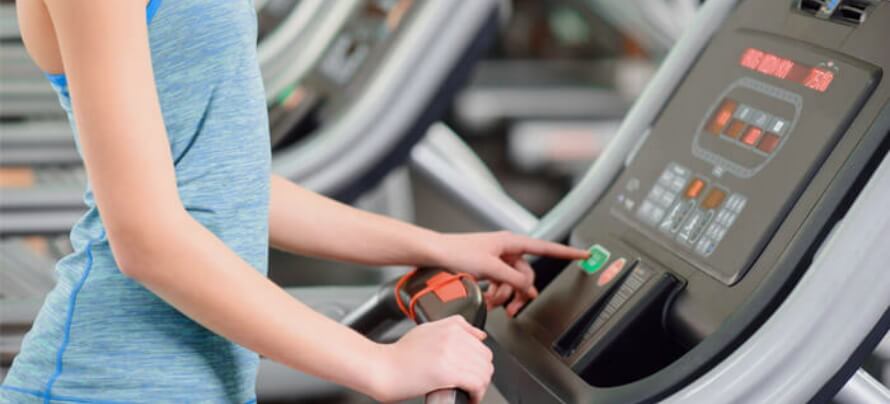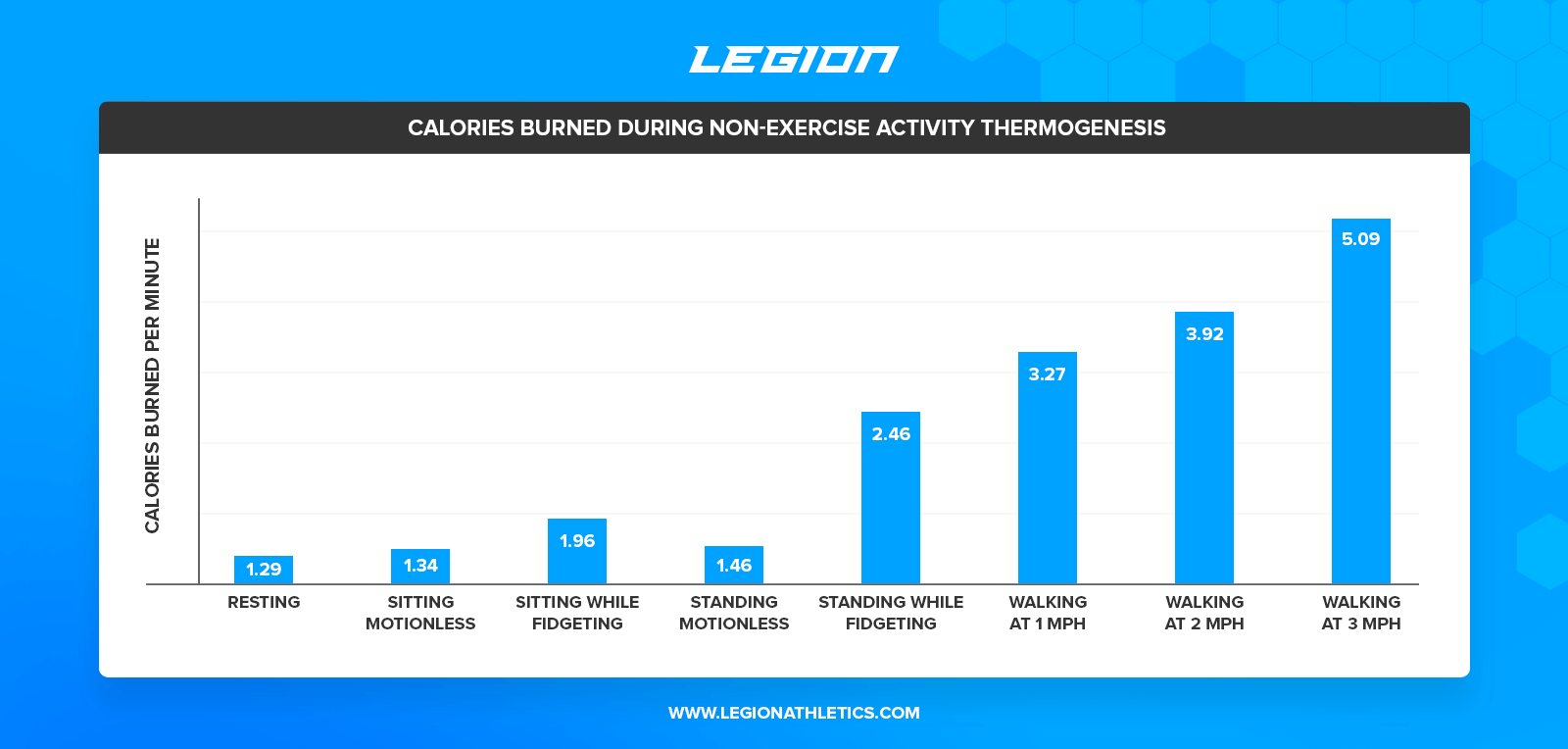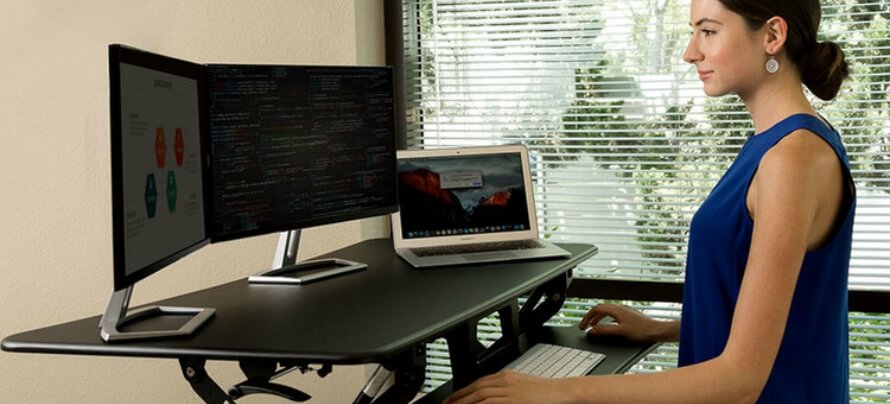Key Takeaways
- Researchers wanted to see how many additional calories people could burn by increasing their daily activity levels without formal exercise.
- Small activities like standing, fidgeting, and walking a little faster increased energy expenditure several times above resting levels, and this worked best for the people who were most overweight.
- If you do these kinds of activities every day, you can burn enough calories to lose 5 more pounds of fat over the course of a 12 week cut.
Weight loss has rules.
And the first rule of weight loss is this: you must burn more calories than you consume.
Then the question becomes, how best to do that?
Meal planning is the simplest way to manage your calorie consumption—the “calories in” side of the equation—but most people turn to running, jogging, and the stairmaster to up the “calories out” side of the equation.
While that works, most people also don’t like cardio.
It’s hard.
It’s boring.
It never seems to work fast enough.
So, what’s a would be dieter to do?
One solution is to find other ways to burn calories.
Remember that every additional calorie you burn above your intake helps you lose weight faster, and that includes activities you do every day like fidgeting at your desk, getting up to go to the bathroom, and walking from your car to the office.
The “hidden calories” burned during these activities are referred to as non-exercise activity thermogenesis (NEAT), which includes all of the movements you make throughout the day that aren’t formal exercise.
How much of a difference does NEAT really make, though?
And what are the best ways to increase it?
That’s what scientists from the Mayo Clinic and Mayo Foundation wanted to find out in a study published in 2000.
They found that small movements throughout the day don’t burn many calories in and of themselves, but when you add them all up over the course of a day, week, or month, they could help you lose weight significantly faster.
Let’s see dig into the details.
- What Did the Researchers Do?
- What Were the Study Results?
- What Does This Mean for You?
Table of Contents
+What Did the Researchers Do?

The researchers had 24 people (17 women and 7 men) perform a variety of activities that represent some of the most common kinds of NEAT.
The study included 10 lean, 9 overweight, and 5 obese people who weighed anywhere from 110 to 240 pounds. Some earlier research suggested that obese people might not benefit as much from the same level of NEAT (suggesting some kind of metabolic impairment), so including people with different amounts of body fat allowed them to test if this was true.
They measured energy expenditure for 20 minutes during 8 different conditions:
1. Lying down, completely motionless.
This involved lying down without moving in a dark room for one hour, which is the standard way to measure resting energy expenditure (REE), also known as resting metabolic rate (RMR).
The subjects were also told not to eat or exercise for 8 hours before the test, as that would have increased their metabolic rates.
The subject’s REE was used as a baseline to compare the other activities to.
2. Sitting motionless.
This involved sitting in a chair with their arms and legs supported without moving at all. Think “Netflix” mode.
3. Sitting while fidgeting.
This involved sitting while fidgeting with their arms and legs.
The subjects were allowed to choose what kind of fidgeting they did, but most chose the same things: tapping their feet, swinging their arms and legs, reading magazines, grooming their hair, and playing around on the computer.
4. Standing motionless.
This involved standing perfectly still.
5. Standing while fidgeting.
This involved standing while fidgeting with their arms and legs.
The subjects were allowed to choose what kind of fidgeting they did, but most walked around the lab, or pretended to talk on the phone, fold sheets, or play with a pet to mimic daily activities.
6. Walking at 1 mile per hour.
This involved walking on a treadmill at 1 mile per hour.
You could say that walking counts as “formal exercise,” but remember that most of the walking we do every day is more or less spontaneous.
Walking to the bathroom, pacing back and forth while talking on the phone, and taking the stairs are all forms of NEAT, so the researchers used treadmill walking to estimate how many calories people burn during these activities, too.
Some people also walk faster than others, which is why they took two more measurements…
7. Walking at 2 miles per hour.
This involved walking on a treadmill at 2 miles per hour.
8. Walking at 3 miles per hour.
This involved walking on a treadmill at 3 miles per hour.
The researchers used a method called indirect calorimetry to measure calorie expenditure during each activity. This tool measures the mixture of gases that people exhale, and it’s considered one of the most reliable ways to measure calorie burning in a lab.
One downside of the study is that it only lasted for a day. The only goal was to measure how many calories people burned doing different activities, not to see how it affected weight loss, so we have to guess how this would play out over time.
All of the subjects were allowed to choose what kind of fidgeting they did, too, which means some people might have selected forms that burned more calories, while some might have been more slothful.
What Were the Study Results?
Fidgeting increased metabolic rate by 25 to 50%, and sitting while fidgeting burned more calories than standing completely motionless.
Here’s a graph of energy expenditure during the different activities:

There are a few interesting results here.
1. Standing while fidgeting increased metabolic rate by 100% versus lying down.
From one perspective, you could say that your metabolic rate is so low when lying down that any activity burns more calories. From another perspective, though, you could say this is a good example of how little bouts of activity like this can add up throughout the day.
Other research backs this up. In one study, flipping through a book instead of sitting completely motionless increased metabolic rate by 30%.
2. Switching to a standing desk may not help you burn more calories.
It turns out that how much you fidget plays a much larger role in how many calories you burn than whether or not you’re sitting or standing.
Standing motionless only burned about 8% more calories than sitting motionless. That’s still helpful, but not all that impressive.
Here’s the kicker:
Sitting while fidgeting burned 25% more calories than standing motionless.
Of course, standing while fidgeting burned even more calories, but at that point you might as well just go for a walk.
One problem with trying to consciously make yourself fidget more while sitting is that how much you fidget seems to be largely genetic.
If you’re in the “non-fidgeting” camp, using a standing desk is a more reliable way to burn calories.
3. You can burn significantly more calories by walking just a little faster. If you were to bump the speed on the treadmill up from 2 miles per hour to 3, for example, you’d burn an extra 100 calories over the course of an hour.
That’s easily doable for most people.
On the whole, then, it’s obvious that these activities can burn a significant number of calories throughout the day.
Did everyone benefit equally, though? Or did the lean people burn more calories than the overweight and obese people?
The opposite happened, actually.
In every case, the people who weighed the most benefited the most from standing, fidgeting, and moving more.
It turns out that the reason obese people burn fewer calories per day through NEAT isn’t because their metabolisms are somehow impaired. The real reason is that they move less throughout the day.
When these people do move more, they burn significantly more calories than lean people because it takes more energy to move a heavier body. In other words, you could say that people who are overweight or obese have the most to gain from increasing their levels of NEAT.
What Does This Mean for You?

Using a standing desk, taking breaks to move during the day, and taking the stairs instead of the elevator can burn several hundred additional calories every day.
Cardio isn’t necessarily the best way to burn calories.
Sure, it works, but it’s often easier, more efficient, and more enjoyable to squeeze more activity into your day through other means.
This is particularly true if you’re overweight and sedentary, as even small amounts of extra activity can burn a surprisingly high number of calories. For example, adding just 30 minutes of physical activity to your day—like fidgeting, taking the stairs, and standing—can help you lose just as much weight as attending an intense 45-minute workout class three times per week.
So, here are some ways you can put this to use:
- If you sit most of the day and aren’t prone to fidgeting, then try a standing desk. You’ll probably notice that your feet get tired after an hour or two, so you can work your way up to standing for longer and longer times or alternate between sitting and standing throughout the day (my preferred method).
- Adding just 20 or 30 minutes of walking to your day can add up to significantly faster weight loss over time. Walking at just 3 miles per hour (which is fast enough that you have to pay attention but not so much that you’re out of breath) burns about 150 calories in 30 minutes. You can use this time to talk on the phone, listen to an audio book, or (if you’re on a treadmill) even answer email.
- Whenever you can stand instead of sit, do it.
- Whenever you can move instead of sitting or standing motionless, do it. For example, I like to pace back and forth when I’m on the phone, brushing my teeth, or listening to a podcast.
- Whenever you can walk instead of driving or taking the elevator or escalator, do it. (This is also a good tip for staying lean while traveling).
There’s truth to the idea that some people stay skinny (in part) due to being more squirrely, energetic, and active during the day, and activities like these can help you reap some of the same benefits. Chances are good you aren’t one of the few who can burn 800+ calories per day through NEAT alone, but hey, c’est la vie.
That said, if you can do an hour’s worth of NEAT every day, that could add up to several pounds of weight loss over the course of a 3 to 4 month cut.
That’s worth it.










